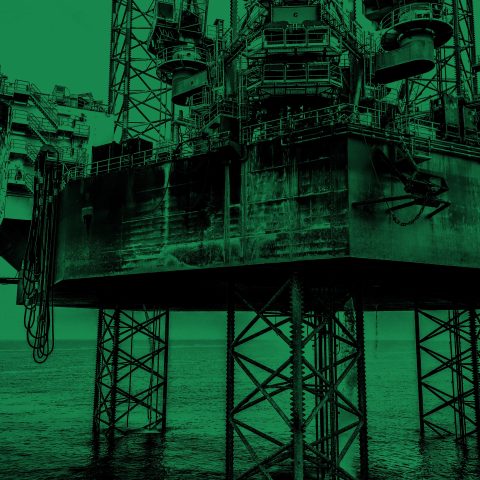
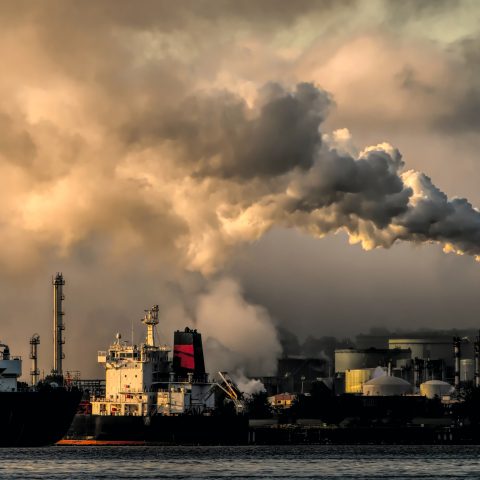
2023 Oil and Gas Benchmark
29 June 2023

The World Benchmarking Alliance Climate and Energy Benchmark measures and ranks the world’s 100 most influential oil and gas companies on their alignment to a low-carbon world. The 2023 benchmark is the second iteration since the benchmark was launched in 2021. The assessment combines the ACT (Assessing low Carbon Transition) Oil & Gas methodology and WBA social and just transition indicators. This approach provides a holistic assessment of companies’ efforts to achieve a low-carbon transition that is just and equitable.

Five key findings
The 2023 Climate and Energy Benchmark in the oil and gas sector reveals valuable insights about the performance of companies in the industry. Even though the median scores result has improved compared to the previous iteration, most of the companies have not set targets that cover their scope 1, 2 and 3 emissions, meaning that the majority of emissions from this sector are still not covered by reduction targets.
The findings also show that overall, only a minority of the assessed companies are engaged with necessary preconditions for a just transition, if undertaking a low-carbon transition at all. As with the low-carbon assessment, companies demonstrate a lack of commitment and action in their business relationships and value chain, as well as within the companies and for their own employees. A just transition requires urgent attention from companies and policymakers. A concerted effort is needed to bring people along in the transformation. Lack of action by companies could risk the success of the low-carbon transition and could lead to increased inequality, mass unemployment and civil unrest.

With no set date to phase out fossil fuels, companies fail to make credible transition plans
The phase out of fossil fuels is urgently needed to limit increase in global temperatures to 1.5˚C. The IEA’s Net Zero Emissions (NZE) by 2050 Scenario has given a firm directive that no new oil and gas expansion should occur beyond projects approved in 2021 and production must rapidly decline by the end of this decade. Nonetheless, oil and gas companies have persisted in their expansion efforts and show no sign of curtailing production. The keystone oil and gas companies are set to burn through their carbon budget by 2036.

Despite soaring profits, companies are still not investing in a low-carbon transition
The oil and gas sector earned USD 4 trillion in 2022, a substantial increase from an average of 1.5 trillion in recent years (Reuters, 2023). Despite this, only 25% of the assessed companies report their low-carbon capital expenditure share. Oil and gas companies need to act now to adapt business models to the low-carbon economy and invest vast amounts in new low-carbon solutions and research and development. As per the IEA’s NZE Scenario, by 2030, every 1 USD spent by companies on fossil fuels should be outmatched by 5 USD spent on clean energy supply and another 4 USD on efficiency and end users.

Companies are not addressing their direct operational emissions, even when financially feasible decarbonisation solutions are readily available
While the transition away from fossil fuels is unavoidable, the world is currently still dependent on oil and gas. Therefore, it is critical that companies in the oil and gas sector limit the impact of their operations by reducing their scope 1 and 2 emissions in this decisive decade. Yet most of the assessed companies are not reducing their operational emissions fast enough to limit global warming to 1.5°C. Companies need to use the five key levers listed by the IEA to achieve this reduction: tackling methane emissions, eliminating non-emergency flaring, electrifying upstream facilities with low-emissions electricity, equipping oil and gas processes with carbon capture utilisation and storage (CCUS), and expanding the use of green hydrogen in refineries.

It’s time companies come to the table with workers and affected stakeholders to plan for a just transition together
Companies in the oil and gas sector have strong connections with workers and unions when compared to other assessed sectors in WBA’s Climate and Energy Benchmark. Among the benchmarked companies, 35% have public commitments to engage in social dialogue and 46% disclose the share of their workforce covered by collective bargaining agreements; both these metrics have improved since the 2021 assessment. With improved performance in these and additional related indicators, oil and gas companies seem to be strengthening their connection with workers and unions. Now, as 93% of the companies score zero on just transition planning, it is time for the companies to use these connections to workers and unions to plan for a just transition together.

Companies need to build on current progress and continue to strengthen their human rights due diligence
Human rights risks are highly prevalent and a significant concern in the oil and gas sector given the nature of its operations, and a majority of the companies (56%) are committed to respecting human rights. In comparison with other assessed sectors in WBA’s Climate and Energy Benchmark, the oil and gas sector performs in line with, or in some instances better, on human rights due diligence. Regardless of the comparatively strong performance of this sector, companies have a long way to go until human rights risks are effectively managed. Companies need to continue to strengthen their efforts on human rights due diligence to the benefit of those whose human rights are at risk of being violated.
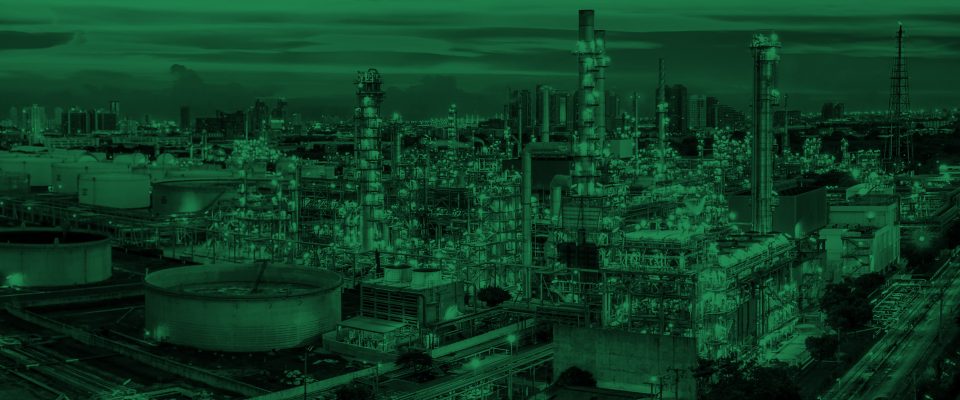
See how the companies performed
View rankingFurther reading
-
Insights report
This report builds on the above-mentioned key findings in detail and dives further into the module level summaries.
See insights report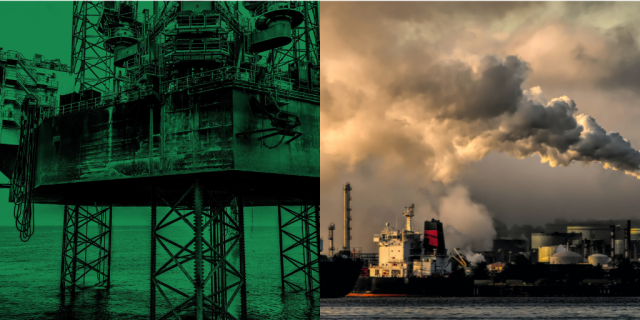
-
Technical FAQs
These FAQs explain technical aspects of how the ACT methodologies are used to assess companies in high emitting sectors and create WBA’s Oil and Gas Benchmark.
See FAQs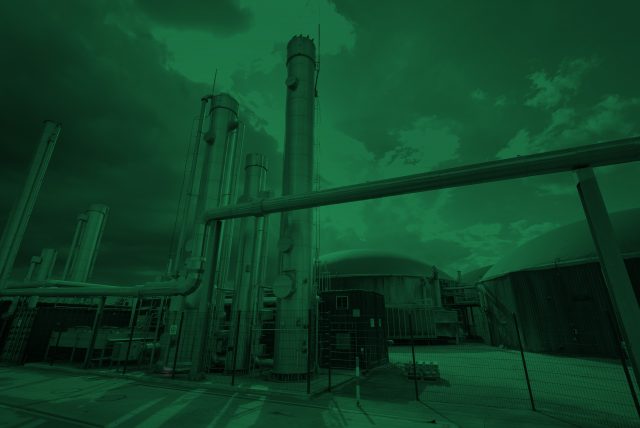
-
Benchmark data set
Our 2023 Climate and Energy Benchmark in the oil and gas sector measures the world’s 100 most influential companies in the oil and gas sector on their alignment with the Paris Agreement goal of limiting global warming to 1.5° Celsius and their contributions to a just transition. This data sheet compiles company-level information and module and indicator scoring.
See datasheet
-
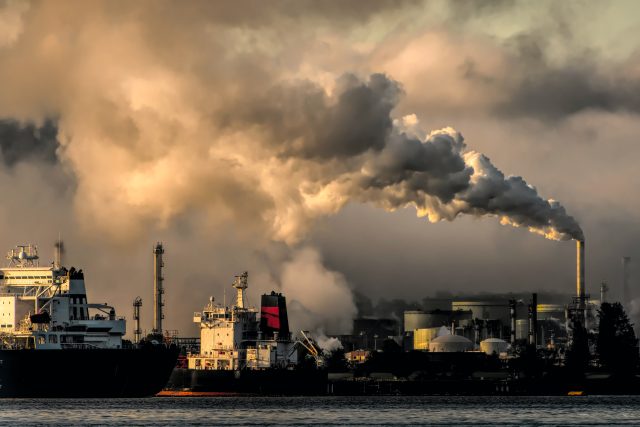
Where are the 100 companies headquartered?
Locations
-
Title: Türkiye Petrol Rafinerileri
Place: Turkey
Description: -
Title: TurkmenGaz
Place: Turkmenistan
Description: -
Title: Ultrapar
Place: Brazil
Description: -
Title: Valero Energy
Place: United States of America
Description: -
Title: Varo Energy
Place: Switzerland
Description: -
Title: Viva Energy
Place: Australia
Description: -
Title: Woodside Energy
Place: Australia
Description: -
Title: YPF
Place: Argentina
Description: -
Title: KazMunayGas
Place: Kazakhstan
Description: -
Title: Novatek
Place: Russian Federation
Description: -
Title: Occidental Petroleum
Place: United States of America
Description: -
Title: Oil and Natural Gas Corporation
Place: India
Description: -
Title: OMV
Place: Austria
Description: -
Title: Origin Energy
Place: Australia
Description: -
Title: PBF Energy
Place: United States of America
Description: -
Title: Pemex
Place: Mexico
Description: -
Title: Pertamina
Place: Indonesia
Description: -
Title: Petrobras
Place: Brazil
Description: -
Title: Petroecuador
Place: Ecuador
Description: -
Title: Petroleos de Venezuela
Place: Venezuela
Description: -
Title: Petroleum Development Oman
Place: Oman
Description: -
Title: PETRONAS
Place: Malaysia
Description: -
Title: Central Energy Fund
Place: South Africa
Description: -
Title: Phillips 66
Place: United States of America
Description: -
Title: Pioneer Natural Resources
Place: United States of America
Description: -
Title: PKN Orlen
Place: Poland
Description: -
Title: PTT
Place: Thailand
Description: -
Title: QatarEnergy
Place: Qatar
Description: -
Title: Reliance Industries
Place: India
Description: -
Title: Repsol
Place: Spain
Description: -
Title: Rosneft
Place: Russian Federation
Description: -
Title: Santos
Place: Australia
Description: -
Title: Saras
Place: Italy
Description: -
Title: Sasol
Place: South Africa
Description: -
Title: Saudi Aramco
Place: Saudi Arabia
Description: -
Title: Shaanxi Yanchang Petroleum
Place: China
Description: -
Title: Shell
Place: Netherlands
Description: -
Title: Sinochem Energy
Place: China
Description: -
Title: SK Innovation
Place: Republic of Korea
Description: -
Title: SOCAR
Place: Azerbaijan
Description: -
Title: Sonangol
Place: Angola
Description: -
Title: Sonatrach
Place: Algeria
Description: -
Title: Suncor Energy
Place: Canada
Description: -
Title: Surgutneftegas
Place: Russian Federation
Description: -
Title: Targa Resources
Place: United States of America
Description: -
Title: Tatneft
Place: Russian Federation
Description: -
Title: TotalEnergies
Place: France
Description: -
Title: ConocoPhillips
Place: United States of America
Description: -
Title: Cosmo Energy
Place: Japan
Description: -
Title: CPC
Place: Taiwan, China
Description: -
Title: Devon Energy
Place: United States of America
Description: -
Title: Ecopetrol
Place: Colombia
Description: -
Title: Egyptian General Petroleum
Place: Egypt
Description: -
Title: Emirates National Oil Company
Place: United Arab Emirates
Description: -
Title: ENEOS
Place: Japan
Description: -
Title: ENGIE
Place: France
Description: -
Title: Eni
Place: Italy
Description: -
Title: Enterprise Products Partners
Place: United States of America
Description: -
Title: EOG Resources
Place: United States of America
Description: -
Title: Equinor
Place: Norway
Description: -
Title: Exxon Mobil
Place: United States of America
Description: -
Title: Formosa Petrochemical
Place: Taiwan, China
Description: -
Title: GAIL (India)
Place: India
Description: -
Title: Galp Energia
Place: Portugal
Description: -
Title: Gazprom
Place: Russian Federation
Description: -
Title: GS Holdings
Place: Republic of Korea
Description: -
Title: Helleniq Energy
Place: Greece
Description: -
Title: Hess
Place: United States of America
Description: -
Title: HF Sinclair
Place: United States of America
Description: -
Title: Idemitsu Kosan
Place: Japan
Description: -
Title: IndianOil
Place: India
Description: -
Title: Inpex
Place: Japan
Description: -
Title: Kuwait Petroleum Corporation
Place: Kuwait
Description: -
Title: Lukoil
Place: Russian Federation
Description: -
Title: Marathon Oil
Place: United States of America
Description: -
Title: Marathon Petroleum
Place: United States of America
Description: -
Title: MOL Magyar Olajes Gazipari Nyrt
Place: Hungary
Description: -
Title: Naftogaz
Place: Ukraine
Description: -
Title: National Iranian Oil Company
Place: Iran
Description: -
Title: National Oil Corporation of Libya
Place: Libya
Description: -
Title: Naturgy Energy
Place: Spain
Description: -
Title: Neste
Place: Finland
Description: -
Title: NGL Energy Partners
Place: United States of America
Description: -
Title: Nigerian National Petroleum Corporation
Place: Nigeria
Description: -
Title: Abu Dhabi National Oil Company
Place: United Arab Emirates
Description: -
Title: Ampol
Place: Australia
Description: -
Title: APA Corporation
Place: United States of America
Description: -
Title: Basra Oil Company
Place: Iraq
Description: -
Title: Bharat Petroleum
Place: India
Description: -
Title: bp
Place: United Kingdom
Description: -
Title: California Resources Corporation
Place: United States of America
Description: -
Title: Canadian Natural Resources
Place: Canada
Description: -
Title: Cenovus Energy
Place: Canada
Description: -
Title: Chesapeake Energy
Place: United States of America
Description: -
Title: Chevron
Place: United States of America
Description: -
Title: China National Offshore Oil
Place: China
Description: -
Title: China National Petroleum
Place: China
Description: -
Title: China Petroleum and Chemical Corporation Limited (Sinopec)
Place: China
Description: -
Title: Compania Espanola de Petroleos (CEPSA)
Place: Spain
Description:
Previous findings
-
2021 Oil and Gas Benchmark
The World Benchmarking Alliance’s second iteration of the Oil and Gas Benchmark assessed 100 of the world’s most influential companies.
See 2021 findings